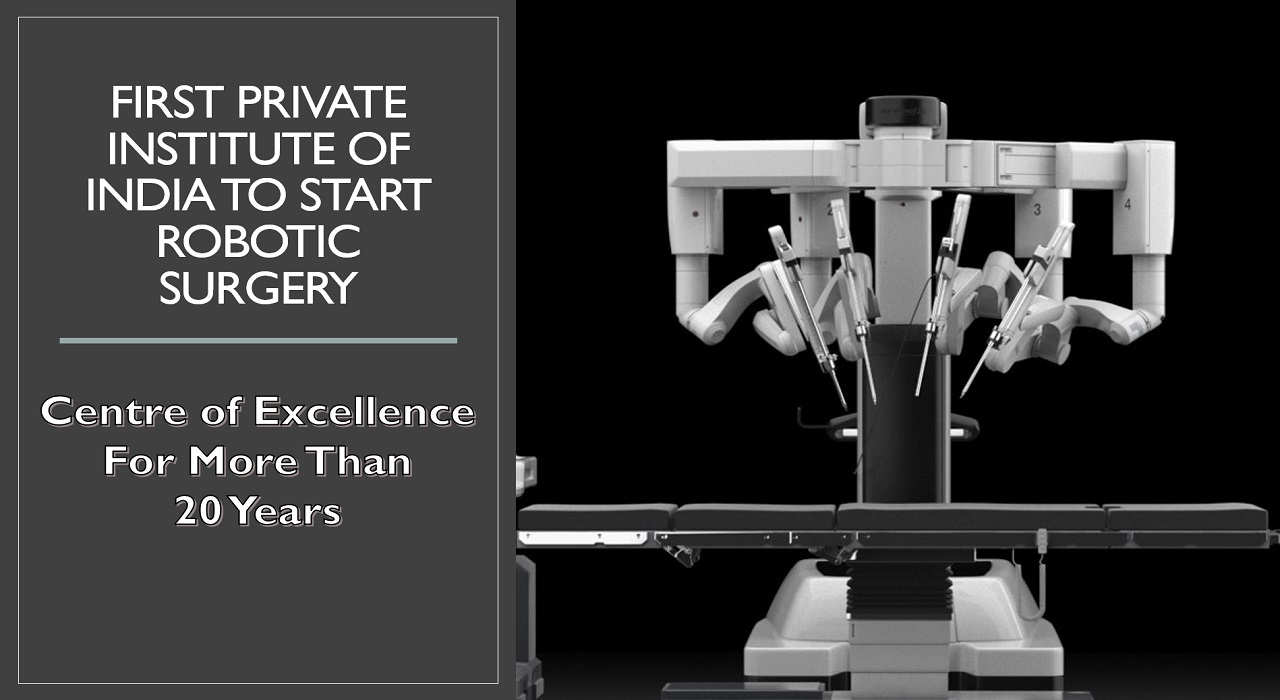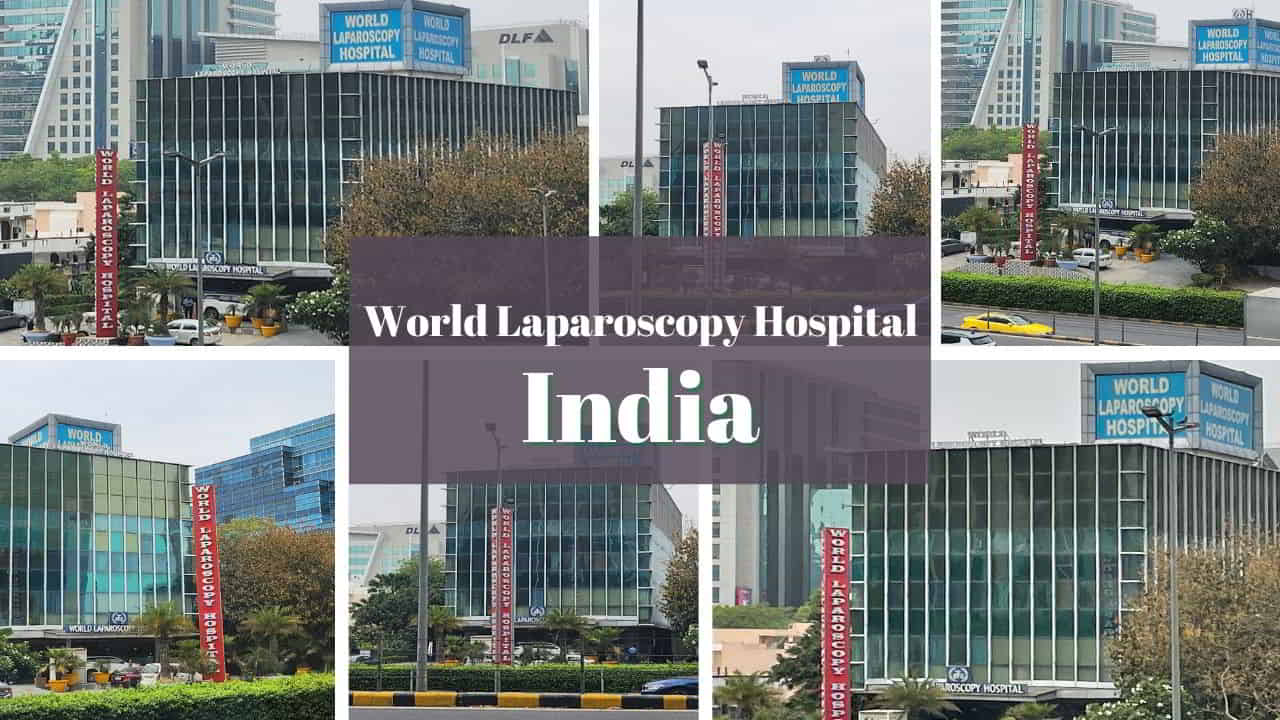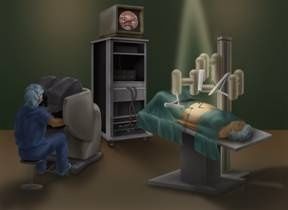World Laparoscopy Hospital (WLH), located in Gurgaon, India, has recently opened Asia's first robotic surgery training center. The center aims to provide high-quality training in robotic surgery to medical professionals across Asia, enabling them to offer advanced surgical techniques to their patients. This essay will explore the significance of the new training center and its potential impact on the field of robotic surgery.

Robotic Surgery:
Robotic surgery is a form of minimally invasive surgery that uses advanced technology to assist surgeons in performing procedures with greater precision and control. The technology consists of a console that is operated by the surgeon and a set of robotic arms that are inserted into the patient's body through small incisions. The robotic arms are equipped with specialized instruments that can perform a range of tasks, such as cutting, suturing, and manipulating tissue. The console provides the surgeon with a 3D view of the surgical site and allows them to control the robotic arms with greater precision and accuracy than is possible with traditional laparoscopic instruments.
Robotic surgery has several advantages over traditional laparoscopic surgery. These advantages include:
-
Greater Precision: Robotic surgery is designed to perform precise movements with greater accuracy than is possible with traditional laparoscopic instruments. This can lead to better outcomes for patients, such as reduced postoperative pain, shorter hospital stays, and faster recovery times.
-
Improved Visualization: The 3D view provided by the robotic console allows the surgeon to see the surgical site in greater detail than is possible with traditional laparoscopic instruments. This can help the surgeon to identify and avoid important structures, such as blood vessels and nerves, and reduce the risk of complications.
-
Reduced Fatigue: Performing laparoscopic surgery can be physically demanding for surgeons, as they must maintain a fixed position for extended periods of time. Robotic surgery can reduce the physical demands on the surgeon by allowing them to sit comfortably at the console while controlling the robotic arms.
-
Better Ergonomics: The design of robotic surgery allows for better ergonomics than traditional laparoscopic instruments. The console can be adjusted to the surgeon's height and posture, reducing the risk of musculoskeletal injuries.

Significance of the Robotic Surgery Training Center:
The opening of Asia's first robotic surgery training center at WLH is a significant development for the field of robotic surgery. The center aims to provide high-quality training in robotic surgery to medical professionals across Asia, enabling them to offer advanced surgical techniques to their patients. This is particularly important in developing countries, where access to advanced surgical techniques may be limited.
The training center at WLH is equipped with the latest robotic surgery technology and is staffed by experienced surgeons who are trained in robotic surgery. The center offers a range of training programs, including basic and advanced courses in robotic surgery, as well as courses in specific surgical procedures, such as robotic prostatectomy and robotic hysterectomy.
The training center at WLH is also unique in that it offers hands-on training in robotic surgery. Medical professionals who attend the training center have the opportunity to practice using the robotic surgery technology on simulated patients, allowing them to gain practical experience in a controlled environment before performing procedures on actual patients.
Impact of the Robotic Surgery Training Center:
The opening of Asia's first robotic surgery training center at WLH is likely to have a significant impact on the field of robotic surgery. The center will enable medical professionals across Asia to gain the skills and experience necessary to perform advanced surgical techniques using robotic surgery technology. This is likely to lead to improved outcomes for patients, as medical professionals will be better equipped to perform procedures with greater precision and accuracy.
In addition, the training center at WLH is likely to have a broader impact on the field of surgical education. The hands-on training offered at the center isa novel approach to surgical education, and it has the potential to revolutionize the way that surgical training is conducted in the future. Hands-on training provides medical professionals with the opportunity to gain practical experience in a controlled environment, which can help to improve their skills and confidence in performing surgical procedures. This type of training can also help to reduce the risk of complications and errors during surgical procedures, which can lead to better outcomes for patients.
The opening of the robotic surgery training center at WLH is also likely to stimulate further research and development in the field of robotic surgery. As medical professionals gain experience and confidence in using the technology, they may be more likely to explore new applications for robotic surgery and to develop new surgical techniques that can be performed using the technology. This could lead to new innovations and advancements in the field of surgical technology, which could ultimately benefit patients around the world.
Furthermore, the opening of the robotic surgery training center at WLH is likely to enhance the reputation of the hospital and of India as a center of excellence in the field of surgical education. The availability of high-quality training in robotic surgery is likely to attract medical professionals from across Asia and beyond to WLH, which could help to position the hospital as a leader in the field of surgical education.
Conclusion:
The opening of Asia's first robotic surgery training center at WLH is a significant development for the field of robotic surgery. The center aims to provide high-quality training in robotic surgery to medical professionals across Asia, enabling them to offer advanced surgical techniques to their patients. The center is equipped with the latest robotic surgery technology and is staffed by experienced surgeons who are trained in robotic surgery. The center offers a range of training programs, including basic and advanced courses in robotic surgery, as well as courses in specific surgical procedures.
The impact of the robotic surgery training center at WLH is likely to be significant. It is likely to lead to improved outcomes for patients, as medical professionals across Asia gain the skills and experience necessary to perform advanced surgical techniques using robotic surgery technology. The hands-on training offered at the center is also likely to revolutionize the way that surgical training is conducted in the future. The opening of the center is also likely to stimulate further research and development in the field of robotic surgery and to enhance the reputation of WLH and of India as a center of excellence in the field of surgical education.
